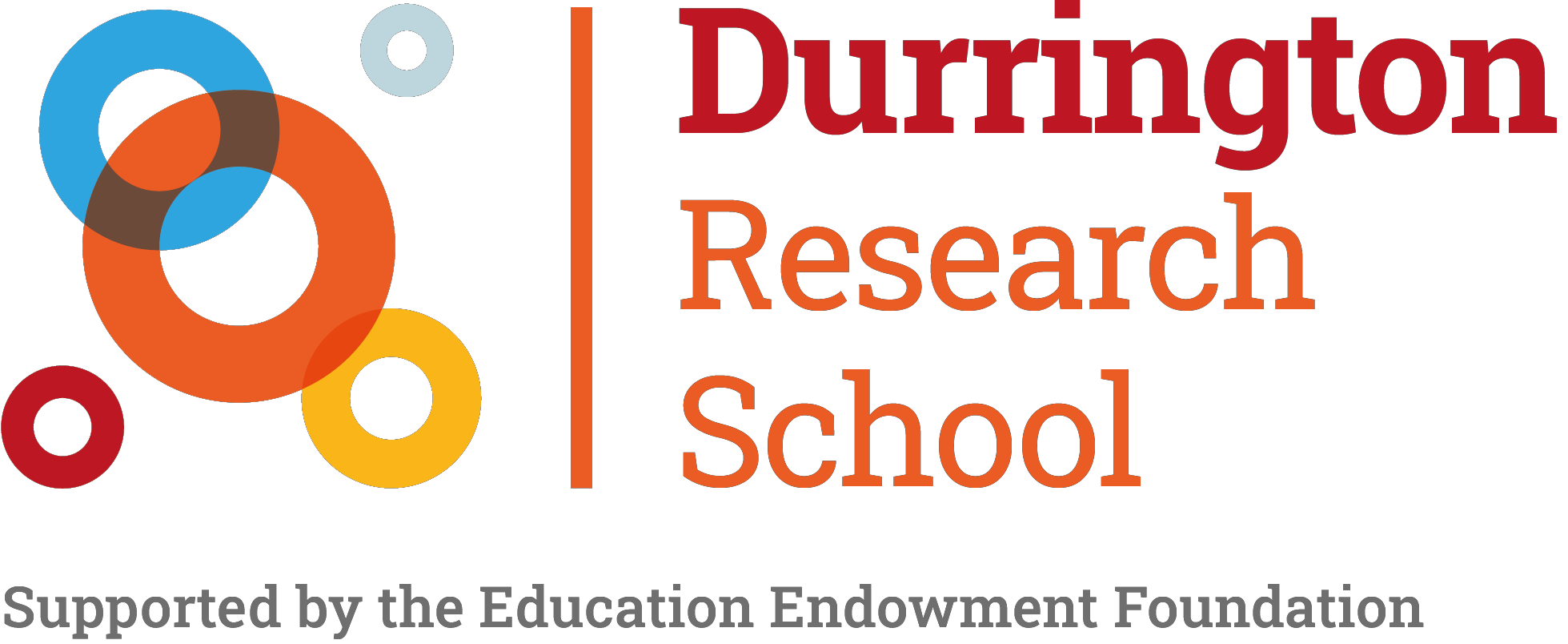
Research School Network: Self-Regulation at a Distance – Modelling Metacognition in PE Research School Associate James Crane demonstrates how he models his metacognitive process when answering GCSE questions
—
Self-Regulation at a Distance – Modelling Metacognition in PE
Research School Associate James Crane demonstrates how he models his metacognitive process when answering GCSE questions
Share on:

by Durrington Research School
on the
Last week, the Durrington Research School Team posted three video blogs on developing self-regulation during distance teaching:
Self-Regulation at a Distance – an Introduction – By Chris Runeckles
Self-Regulation at a Distance – Supporting Students – By Marc Rowland
Self-Regulation at a Distance – Helping Teachers to Help Students – by Shaun Allison
To develop this, we want to share examples of teachers implementing this within their specific subject/phase. First up is Research School Associate and Deputy Leader of PE James Crane. In this video James Crane is modelling to students, using a video, the metacognitive processes he uses when attempting a long answer GCSE question.
The key parts of this process shown on the video are outlined below:
1. The box (command word) circle (number of marks) underline (key words) planning strategy ensures students can effectively plan what the command word means and how the marks are assigned – linking to the structure of the response and what unit the key words refer to.
2. The students would then be expected to use the breakdown of the marks as a ‘checklist’ of sorts, e.g. AO2 refers to applying their knowledge of the underlined key word to the sport, which in this case was the multi-stage fitness test to marathon running (cardio-vascular endurance).
3. Self-regulating students can then use the boxed command word to monitor their response i.e. ‘evaluating’ requires a positive, a negative and an alternative for a 4 mark question. ‘Justify’ requires 4 suggestions of why.
4. Once the question has been answered the students would then go back through their response ticking off the marks against the ‘checklist’ to ensure they have given an appropriate number of points in relation to the marks on offer.
Here’s the video:
Over the coming weeks we plan to bring you more examples of teachers sharing the strategies they are using to develop their students as self-regulated learners, whilst distance teaching.
More from the Durrington Research School
Show all news

The Evidence Base behind Attendance Interventions
The importance of attendance means that there is a growing demand for a review of the research into attendance interventions.

Metacognition and self-regulation in geography
Head of geography Sam Atkins explains how he has been helping students develop their metacognitive regulation .